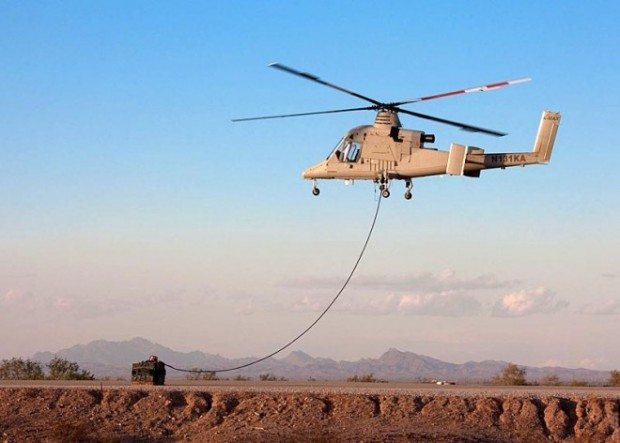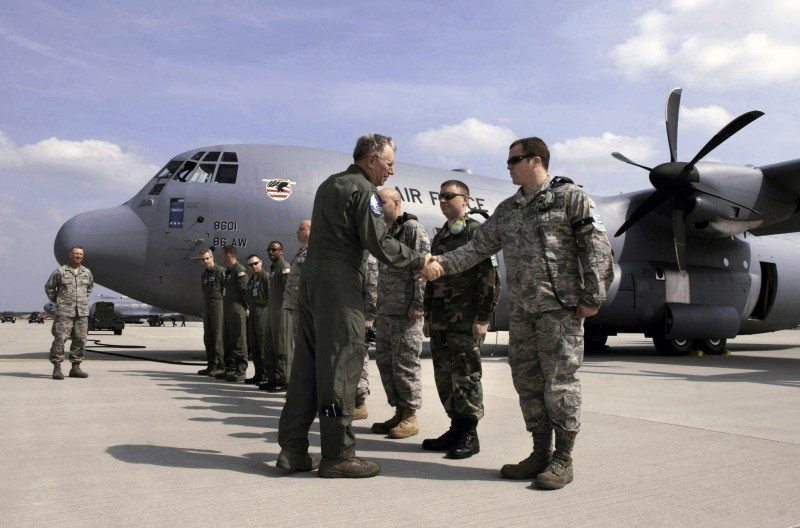Office of Naval Research announced Jan. 10, it is seeking researchers who will develop threat- and obstacle-detection and avoidance systems, as well as autonomous landing capabilities that can operate across different types of aircraft as part of a new program.
The Autonomous Aerial Cargo Utility System (AACUS) is a five-year, $98 million effort to develop sensors and control technologies for robotic vertical take-off and landing aircraft.
ONR expects teams from industry and academia to join forces to compete for the contracts. Proposals are due Feb. 22, and officials plan to award up to two contracts in April.
“AACUS is a leap-ahead technology that allows the Navy and the Marine Corps to move beyond having a highly trained operator fly an unmanned aircraft,” said Rear Adm. Matthew Klunder, chief of naval research. “The program will let us leverage advanced autonomy, but still maintain the central and critical role of the human operator as the supervisor.”
Marines based at outposts or in the field will be able to request the autonomous cargo helicopters for rapid resupply of combat essentials.
“We want to turn any helicopter into a logistics machine,” said Dr. Mary Cummings, program officer for AACUS, ONR’s newest innovative naval prototype. “In the near term, we want to succeed in fully-autonomous landings in austere locations, so Marines can get whatever they need on demand. In the long term, this could be a real life saver and revolutionize first response.”
While rapid resupply is the immediate focus for AACUS, long-term applications could include critical medical missions such as casualty evacuation.
The effort follows the Marine Corps Warfighting Laboratory’s successful program to develop an unmanned system capable of hauling cargo semi-autonomously to landing zones at bases. The prototype, called K-MAX, flew its first combat mission in Afghanistan in mid-December, resupplying Marines with cargo carried in a sling-load.
AACUS, on the other hand, is aimed at internal load-carrying capacity. It will be a major leap ahead in autonomy, said Cummings. While K-MAX requires a trained operator within line-of-sight to fly, any operator will be able to call for AACUS from any location.
“It’s going to be designed to work with people who have no flight experience,” Cummings said. “An operator will pick up his iPad or Android and make an emergency supply request. He’ll request that the helicopter come to him and land as close to him as possible.”
The helicopter not only will take off by itself, but will plan its own flight path and navigate its way through the airspace, requiring little to no input from an operator other than to verify its proposed landing site. The concept will require improvement in data processing.
“How you take the data from sensors and integrate them to make these decisions; that’s one of the big leaps,” said Cummings. “It’s like putting a frontal lobe on the helicopter.”
ONR provides the science and technology necessary to maintain the Navy and Marine Corps’ technological advantage. Through its affiliates, ONR is a leader in science and technology with engagement in 50 states, 70 countries, 1,035 institutions of higher learning and 914 industry partners. ONR employs approximately 1,400 people, comprising uniformed, civilian and contract personnel, with additional employees at the Naval Research Lab in Washington, D.C.











